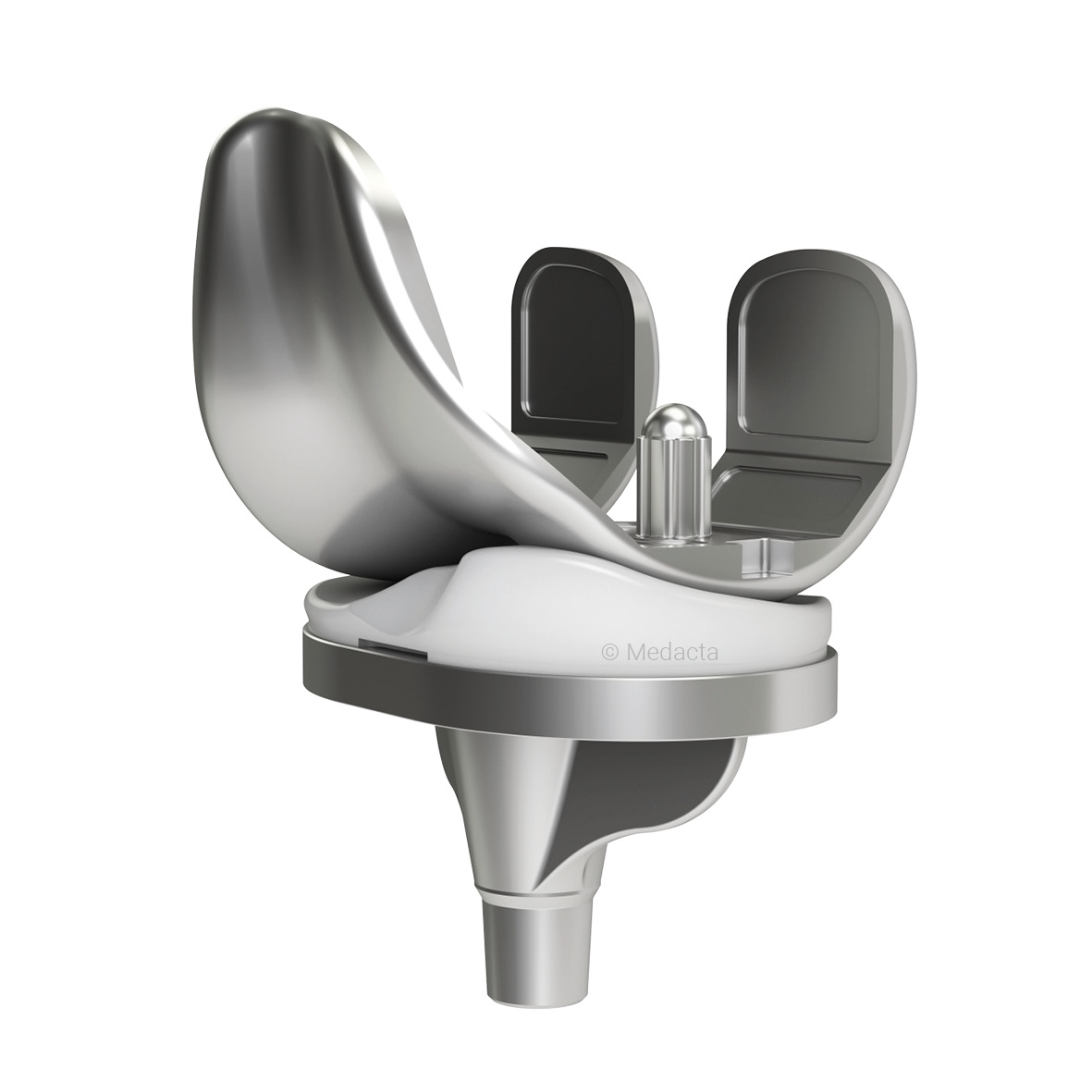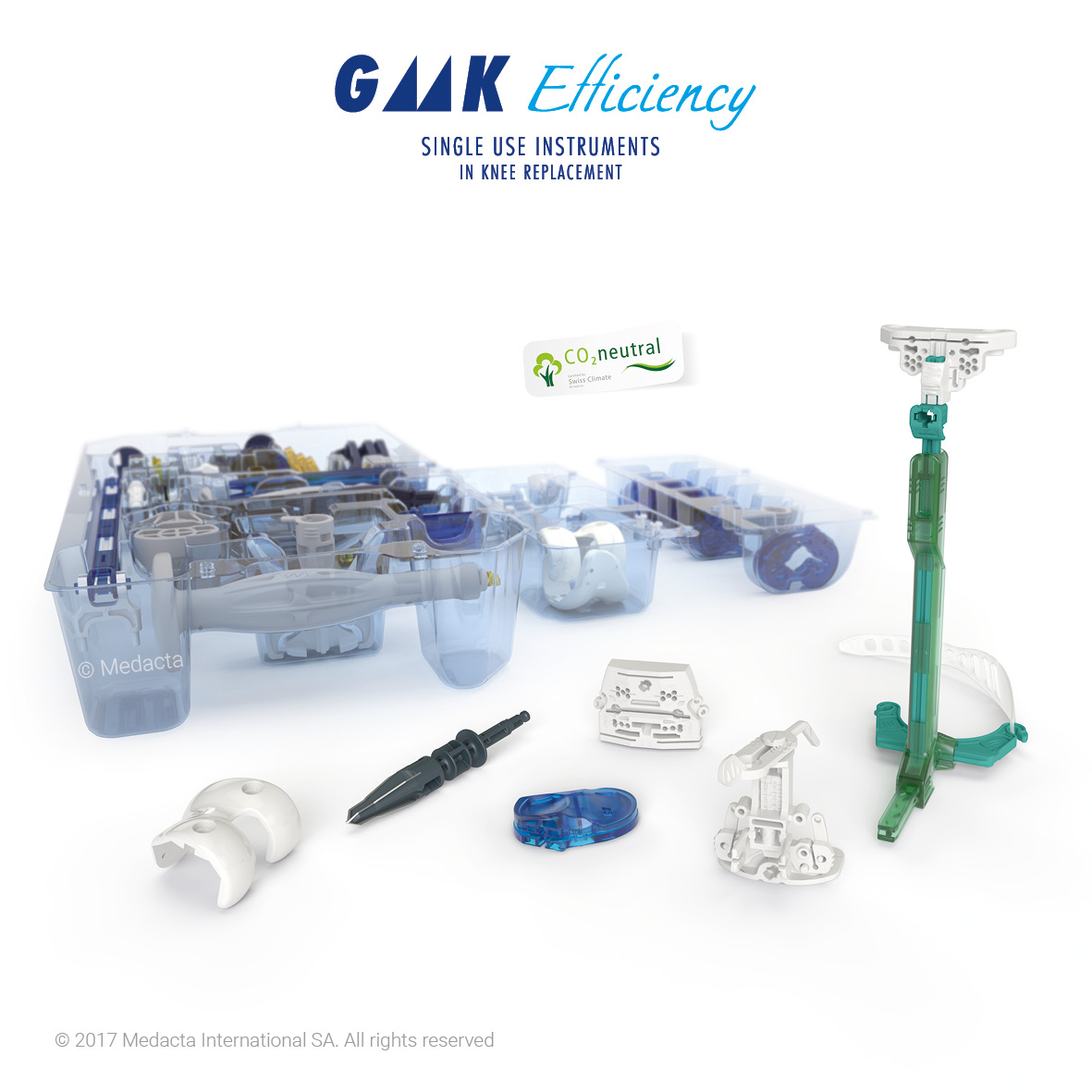Total knee replacement surgery – Kinematically Aligned
Knee replacement surgery involves the replacement of a severely degenerated joint by a prosthetic joint or prosthesis.
The most common reason for a total knee replacement is because of degenerative changes brought about by osteoarthritis (= degenerative process). Some people need knee replacements for other reasons such as rheumatoid arthritis (auto-immune disease) congenital condition and sometimes because of trauma of the joint.
Ideal goals of knee replacement are first to alleviate your symptoms of pain and stiffness for the longest time possible (ideally one surgery for life) and second to give you the best joint functional performance and feeling (ideally like a normal joint).
https://hip-and-knee-replacement-center.com/total-knee-replacement/
Book a consultation:
Why choose Charles Rivière for your knee surgery?
Charles is getting international recognition for new, personalised, physiological techniques for knee replacement, named ‘Kinematic Alignment’.
His research is at the forefront of knee replacement innovation for hyper specific personalised implant positioning.
Differs from patient to patient depending on age, physiology, joint anatomy etc.
Each design of implant is selected to best fit the patient.
Kinematic alignment and other cutting edge techniques allow for a completely personalised surgical approach.
Dr. Charles Riviere’s advanced techniques allow both a very low risk of revision, yet also easy revision in the unlikely case that it’s needed.


What is the severity of your knee disease?
Find out your Oxford Knee Score and know the severity of your hip disease. It may help you decide whether to see a surgeon for an opinion.
When is the right time to have joint replacement surgery?
Knee replacement is generally considered when the patient is experiencing pain and stiffness which is severe to restrict work, recreation, activities of daily living, and therefore substantially affect quality of life. Painkiller and anti-inflammatory medications, physiotherapy and the use of walking aids can be used at the early stage of the condition but at a time is reached when they can no longer relieve the pain or restore function.
Implants’ quality and techniques have vastly improved and made knee replacement procedures last much longer. This means that the option of surgery can now be considered much sooner.
The right time to have a knee replacement is when the pain you experience is interfering with your life and you really want something done about it. It’s a personal and very subjective decision. I always advise patients to take their time, really think it over and have surgery when it suits them.
Charles’ preferred surgical method for total knee replacement is “kinematic alignment”, a technique developed in 2007 by Dr Howell (USA) to improve placement of the implants that form the new knee. Charles performs the kinematic alignment technique for total knee replacement in routine since 2013. In parallel, he leads many research projects aiming at assessing and at improving this technique.
Kinematic alignment “personalises” the placement of the implants to the unique anatomy of each patient’s knee, which quickens recovery, and provides better function and satisfaction, than traditional techniques for total knee replacement. Charles learned this technique in Canada and USA with Professor Vendittoli and Doctor Howell himself, and also passed a PhD focusing on this specific technique.
The traditional mechanical alignment technique for total knee replacement dates from the 80’ and places the implants in a similar position for every patient without taking into account patient’s specific knee anatomy. The orthopaedic literature has shown that up to 20% of patients are not satisfied with their prosthetic knee and up to 50% have residual symptoms (pain & discomfort). Restoring the individual knee anatomy with the kinematic alignment technique lessens these complications.
Patients and surgeons frequently ask whether kinematic alignment can affect long-term implant survival and function. Litterature has now confirmed the superiority of kinematically aligned prosthetic knees in terms of joint function and perception, and the negligible influence of knee anatomy on implants lifespan.
For those patients considering a total knee replacement, a comprehensive reference with answers to frequently asked questions (FAQ) entitled Patient and Family Information Handout for Kinematically- Aligned Total Knee Replacement Surgery can be downloaded and shared with family and friends.
There are many causes of failure for joint replacement (see “risk” section). Improvements in implant quality and surgical techniques over the last decades have dramatically reduced the rate of complications after hip replacement.
Based on the most recent historical data a modern hip replacement has about a 6.5% chance of requiring revision surgery in a decade. Risk for the second decade may be the same or may be greater or less than 6.5% but we don’t know.
Unfortunately, we have even less evidence with the most modern implants and techniques, but it is likely that half of the hips we perform today will last several decades. Life of an individual hip has been shown to be dependent on the prosthesis design, the activity level of the patient and the skill and specialisation of the surgeon.
Charles uses a wide range of implant designs and material. When he selects a type of implant it is always in the patients best interest in order to optimise the outcome of the replacement.
Knee replacement is a major surgery. Complications associated with the procedure are rare but can still occur. The most common are not directly related to the hip itself but to surgery in general and the physiological changes it has on your body. You need to be fully aware of those risks before making your decision to proceed with an operation.
Do not hesitate to ask questions of your surgeon, anaesthetist or of other medical specialists who are managing your health in the lead up to your surgery. If you do not understand what you have been told, do not hesitate to seek clarification from us.
The vast majority of people get through the surgery with no problems at all and will be surprised at how good they feel so soon afterwards. Some will experience minor issues and occasionally there may be more serious complications. These problems are rare and most can be treated quickly and effectively. Below is a list which covers the major risks and complications you may face. Additionally, there may be other risks, particularly if you have a complex medical history or particular conditions which need to be managed by a medical specialist.
Patients are generally up and walking within 6 hours of the surgery and stay in hospital for 1 to 5 days. The important things in the early postoperative period are to get moving and to allow the wound to heal. Moving the operated joint early will result in a better range of motion in the long run and getting up and walking prevents blood clots, constipation and lung problems.
To get the best possible long-term result from your hip the time and effort spent in the immediate 4 weeks postoperative period is more valuable than any other time. During this time your body will be healing its soft tissues (muscles) that were cut through at the time of surgery and it will be getting used to working with its new joint. At the end of the 4th week after your surgery, probably 50% of the recovery will have taken place. The remaining will take up to a year.
It is a good idea to use crutches or a walking stick for the first 4 to 6 weeks after surgery although this is not an absolute requirement.
The 3 phases of recovery following hip replacement:
Phase 1: First 6 weeks
- Improvements seen on a day-to-day basis.
- This is when you need help after surgery.
Phase 2: Next 8 weeks
- Improvements on a week-to-week basis.
- You are only 85% improved at 3-month.
Phase 3: Final 9 months
- Improvements occur on a month-to-month basis.
- This means that warmth about joint, aches and pains are going away and this is when you get stronger and get more endurance.
Remember: It takes a whole year of recovery after joint replacement!




